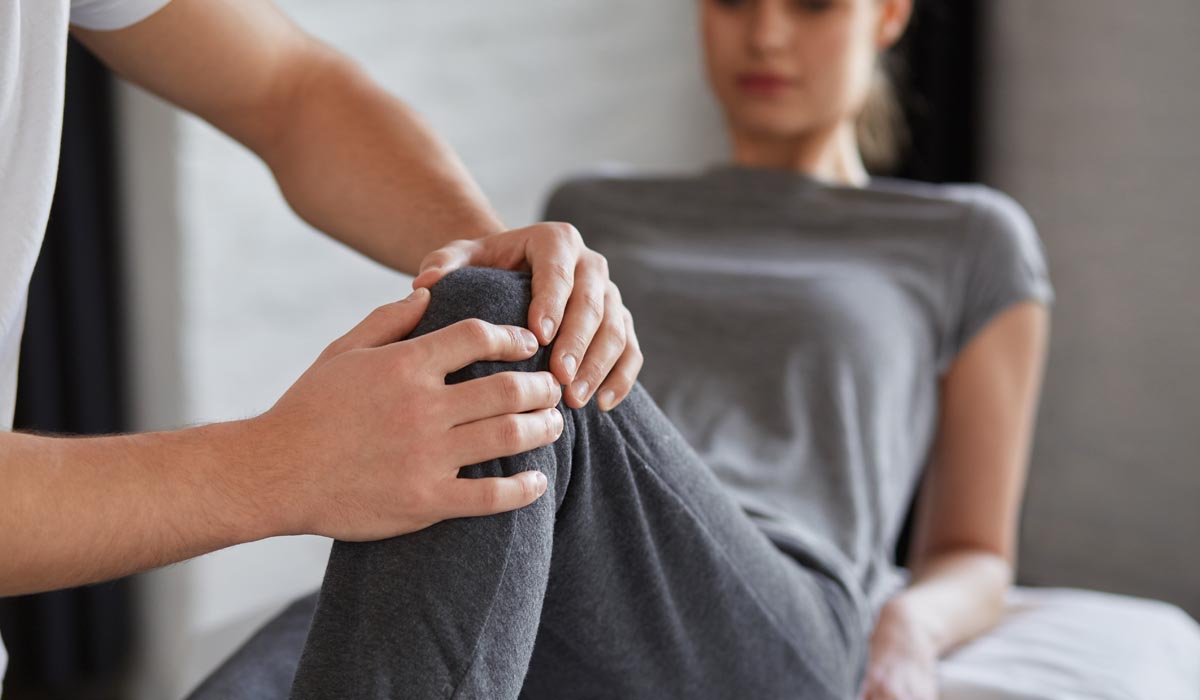✨Book online and enjoy a 5% discount on your first consultation
Home » Occupational Therapy Services » Post Injury Rehabilitation

Post-injury Rehabilitation
Post-injury rehabilitation is a slow and steady procedure of recovery. Rehabilitation helps patients to regain strength, move again, relearn skills, and learn new ways. There are two types of rehabilitation – inpatient and outpatient rehabilitation. This procedure aims to support the patient in leading a good life—a life where one doesn’t have to rely on anybody and can take charge by themselves.
Possible Causes
The injuries can happen at any time. Though accidents are considered the main cause of injuries, experts believe the mindset is most likely to cause accidents. Some of the main causes of accidents are:
Risk Factors
Risk factors for injuries can be divided into intrinsic and extrinsic factors:
Signs and Symptoms
Some of the signs and symptoms include:
Diagnosis
While some injuries are easy to diagnose and quite evident, others may require tests and imaging. Cases that are difficult to see by naked eyes, such as soft tissue damage, fractures, and overuse injuries, require an examination. Some of the tests doctors may recommend are:
Treatment Options at 7DMC
We in 7DMC design customized solutions for different patients as per their injury. We understand how keen you are to get back to your everyday life. Thus, our experts work hard to come up with the proper rehabilitation schedule and framework.
Albeit the methods of treatment vary from case to case, the basic framework of recovery remains consistent. In accordance to achieve the best results, our professionals recommend the following steps:
Once you visit us for our sets of rehabilitation programs, like manual therapy, and others, we take charge of your complete recovery. We develop a careful treatment and diagnosis plan that suits your habits and lifestyle for better healing.
There are generally seven stages of post-injury rehabilitation. Remembered through mnemonic, these principles stand by ATC IS IT. Below is a brief description of the individual tenets:
The most common sports injuries are:
Work injuries can be devastating. There are several crucial steps that one must immediately take after work injuries. The 3 steps recommended by doctors are:
Near Dubai Miracle Garden,
Diamond Business centre A,
1st Floor,
Arjan, AI Barsha,
Dubai.
WhatsApp us